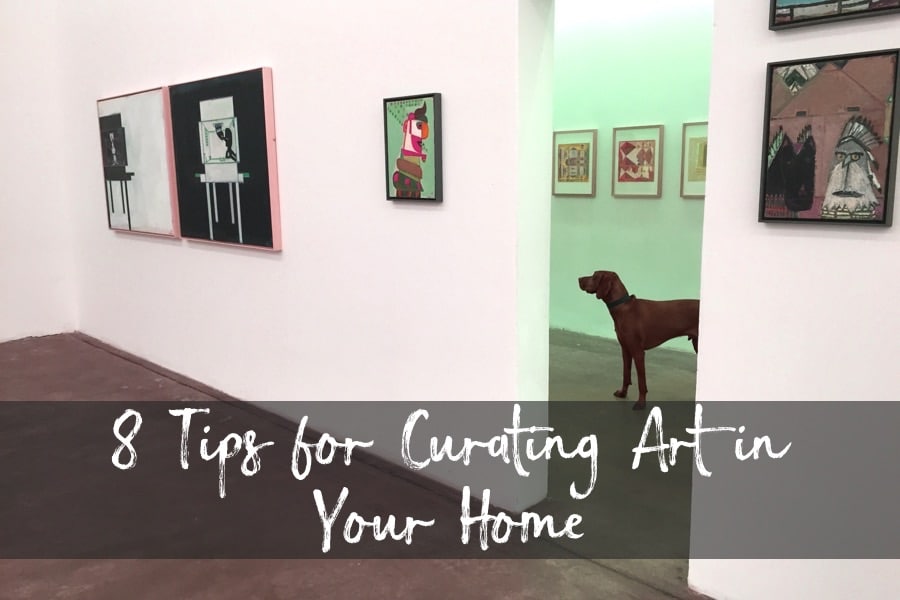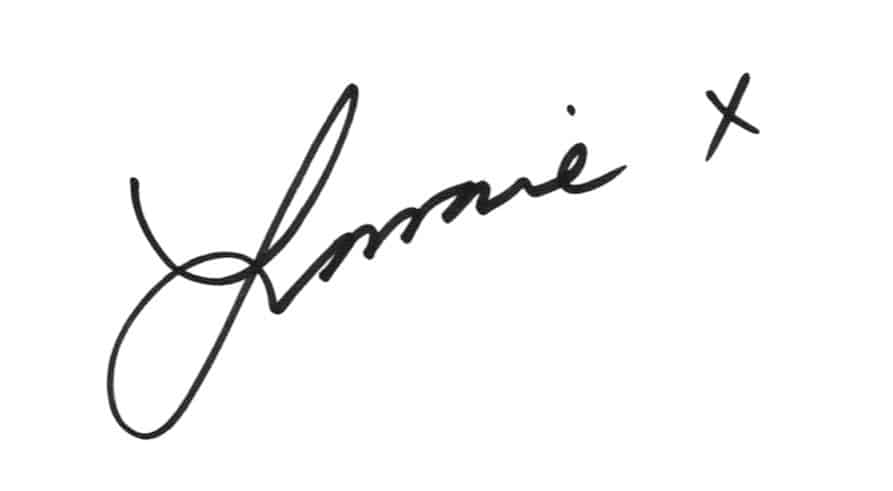
8 Tips For Curating Art in Your Home…
Home / Blog / Creative Ideas / 8 Tips For Curating Art in Your Home…
I thought I’d share a few tips I have on curating art for your home. People sometimes get put off by the word ‘curate’ thinking it’s something that takes place in an art gallery by a professional and not for the everyday home. It’s true it takes some skill but honestly, with just a bit of thought, planning and a touch of creative flair, a home art collection, however small or inexpensive, can go from big yawn to massive YES!! Let me show you how to give yours the wow factor with these 8 essential tips:
1. The Where & The Why?
A good place to start is to think about where the art is going and why? Is the room or space large or small? Dark or light? Is it filled with furniture or sparsely decorated? How is the space used? Is it a focal point such as an entrance or above the fireplace? A social space like a dining room or maybe it’s a ‘transitional’ space like a hallway or staircase?
Will the art be used to brighten the space or to create a talking point? Maybe you want it to surprise, make people laugh or just act as a quiet backdrop to other things going on in the room? Thinking about these things will help you look for certain qualities in the art you already have and maybe other pieces that you want to add in future.
2. Themes & Connections
When curating a display, a good place to start is with a theme and build on this. Look at the artworks you already have and start with one piece then add other artworks in that have some sort of connection to this. It could be colour or subject – for instance, you might have a treasured photograph of your favourite band – you could add blown up lyrics in beautiful typography from key songs or powerful images that illustrate some of the lyrics – it can be a loose connection but one that you know is there. Holiday snaps could start a tropical theme, landscapes could start a botanical theme where you play with scale, distant views and close up analytical drawings, an inspirational quote could start a wall of all your life goals- the list is endless and it’ll fire your imagination.
3. What Goes Where?
Lay all of your artworks out on a table or on the floor next to the wall you’ll be displaying them. This way you can play around with colour, shape and how sizes look next to one another. High impact, colourful or dramatic pieces can work well in entrances, end walls at the top of a stairwell or landing or in a vast room that needs an ‘anchor’ for the eye.
Grouping tiny works together to create one larger shape works really well if you only have a few or they are mixed sizes and frames. Personal cuttings, family photos and artefacts can look amazing in spaces where guest are staying and have time to browse or as relaxed backdrops in ‘gathering’ spaces like living rooms or kitchens.
Artworks that create rhythmic visual patterns with colour (bold graphics, textiles) light (shiny, reflective surfaces) or form ( sculptural works) can work brilliantly in a transitional space like a hallway or stairwell where people will be passing through rather than looking closely.
4. Layout Options
Although there are always exceptions, in general there are three main layouts that make a really strong arrangement in the right space, these are Linear, Organic or Random. A linear layout can work well in a hallway or narrow space but it’s definitely not the only option for these spaces! It can be one irregular line of artworks or an organized grid of several lines hung one above together. This can also be great for narrow vertical spaces between rooms or on an end wall.
To create an organic layout use the shape of the wall as a starting point- is it low and wide? Tall and narrow, angled or boxy? Come up with an organic shape that balances or counteracts with the overall shape of the wall i.e. circular, oval or cloud like and arrange the artworks so that when they are seen as a whole, they create one large shape on the wall. This is a great way to bring together a mix of unrelated artworks that are all different shapes without it looking like a hot mess!
The random layout is a bit of a cross between the linear and the organic – the rules are broken to the extent that you can hang a mix of frames, colours, media, imagery and sizes at varying heights to create a really interesting but relaxed gallery wall. It looks fantastic when you use the whole wall for this layout and it lets you add as you go. It’s still worth considering which pieces set one another off to the max in this arrangement. To see some great examples of each of these layouts just pop over to my ‘Ultimate Gallery Walls’ pinterest board .
5. Choose Art as you would a Dinner Guest
I say curating art should be like choosing who to invite to a dinner party, How well will it sit with the other artworks and what will it bring to the visual conversation – it doesn’t necessarily need to silence the room but it definitely shouldn’t be boring or it’ll just be ignored and then what’s the point? The whole arrangement should work together to ‘say something’ interesting. Placing certain colours or textures next to one another can change that way you see each piece and combining or contrasting subjects adds interest and an intriguing visual ‘story’.
6. Mix it up
Mixing other art forms and objects into your displays can really move things into a different dimension – literally! Try adding sculpture directly to the wall or on small shelf amongst the pictures, round or oval found objects help to break up hard lines, lightboxes or neon or maybe a bargain antique can add unexpected interest? Textiles add soft texture (think woven wall hangings, rugs hung on the wall or maybe a gorgeous patterned silk scarf), collage home photos with striking magazine images or add a bit of fun with doodles & cartoons –If you keep an open mind, you may just come up with some real show stoppers. It’s all about creating layers, an interesting journey for the eye and a personal story.
7. Surprise !
The most interesting art brings an element of surprise however small. This might be in the unusual or exquisite materials used, a sudden pop of colour, being displayed in an unexpected place (think cheeky display on a bathroom door, on the ceiling, on a tiny floating shelf or bookcase, low down near the floor or just casually leaning against a wall) or a it might be sassy statement piece that fills the room (and possibly silences it in the process !)
8. Finding your missing piece
Curating a gallery wall or other display takes time and patience and you won’t get it perfect first time. There will be gaps that need filling and sometimes it’s just missing something, that one piece to lift the whole display to another level.
My best advice is to be patient and don’t compromise. Keep your eyes peeled in the most unlikely places such as flea markets, charity shops, magazines and car boot sales as well as looking for emerging talent at art school or college degree shows or rising stars at art fairs and art exhibitions. Of course there are now some great online galleries (not mentioning anyone in particular!) where you can browse from the comfort of your sofa. Go for it, your home will love you for it!
